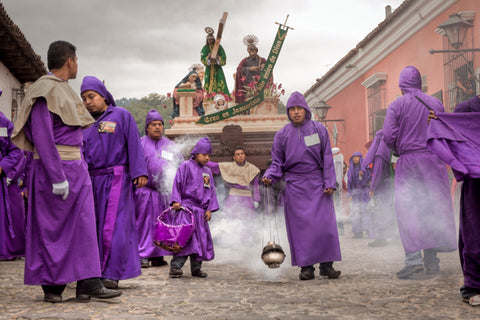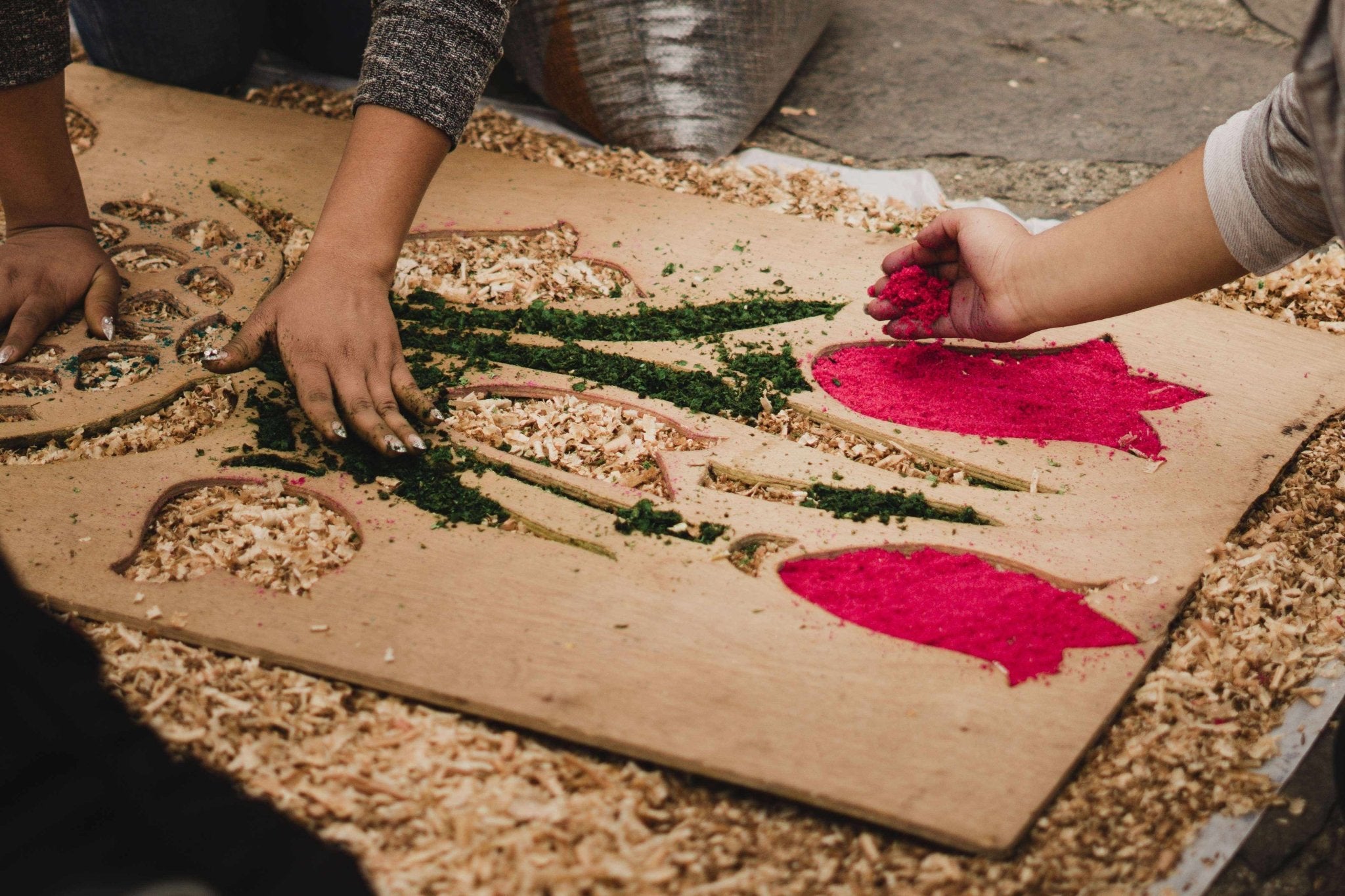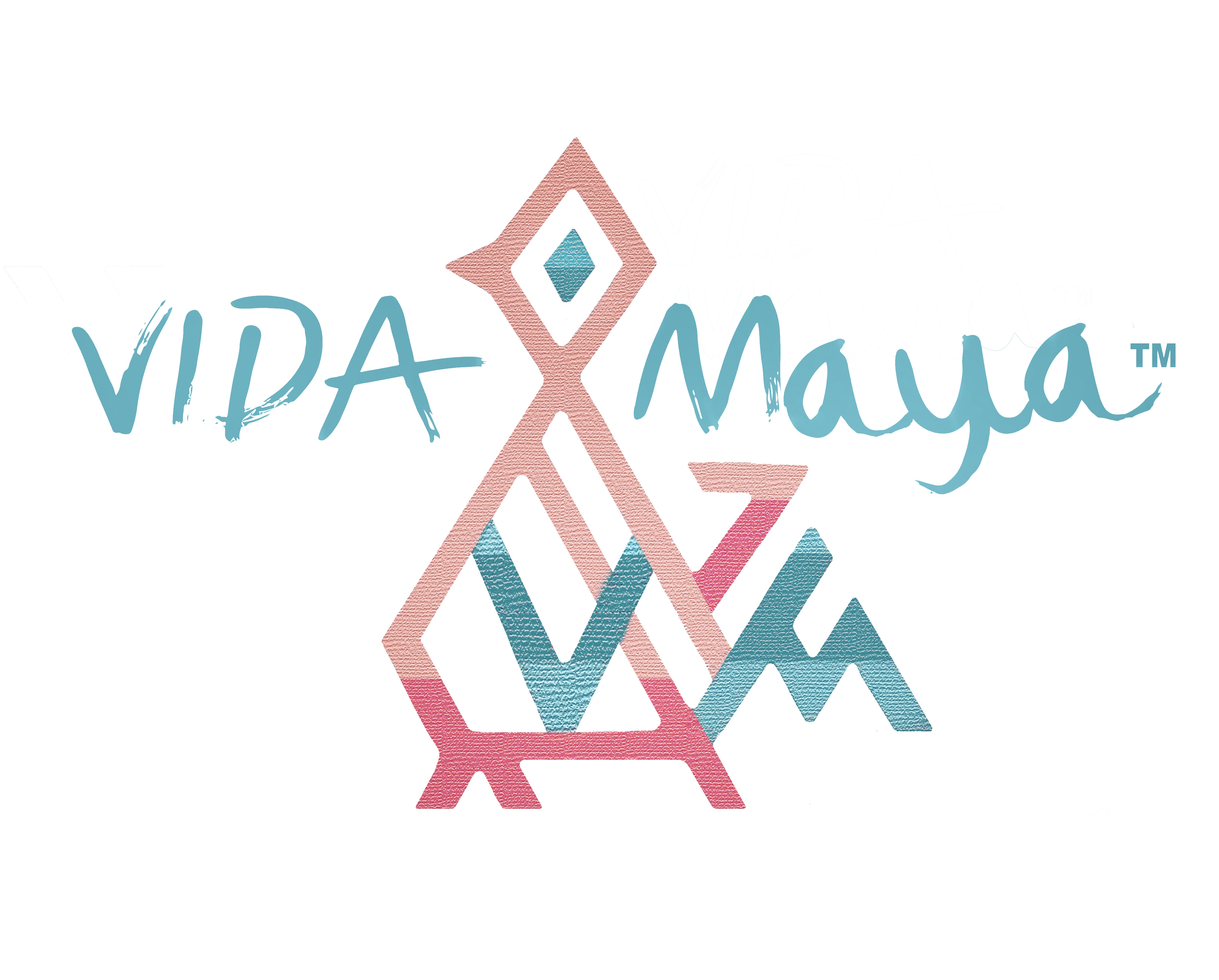
As Easter approaches, many Christians around the world prepare to celebrate one of the most important events in their faith. In Guatemala, however, the Holy Week, or "Semana Santa", is not just a religious holiday, but a time to immerse oneself in a unique and centuries-old cultural experience. From the colorful processions to the intricate carpets made of sawdust and flowers, the Holy Week in Guatemala offers a spiritual journey like no other. This week-long celebration is a perfect blend of indigenous Mayan traditions and Catholic customs, and it draws thousands of visitors from all around the world. For those looking to witness a truly unforgettable event, the Holy Week in Guatemala is a must-see destination. Join us as we explore the history, customs, and festivities of this incredible cultural experience.

History and significance of Holy Week in Guatemala
Holy Week in Guatemala has a rich history that dates back to the Spanish colonial era. It is a time when Catholics commemorate the passion, death, and resurrection of Jesus Christ. The week-long celebration begins on Palm Sunday, which marks Jesus' entry into Jerusalem, and ends on Easter Sunday, which celebrates his resurrection. The Holy Week in Guatemala is deeply rooted in Catholicism, which was introduced to the country during the Spanish conquest in the 16th century. However, it also incorporates indigenous Mayan traditions and customs, making it a unique and fascinating cultural experience.
Holy Week traditions and customs
One of the most popular destinations for Semana Santa in Guatemala is the colonial city of Antigua. The city's cobblestone streets and historic buildings
provide a stunning backdrop for the elaborate processions that take place throughout the week.
Each procession features a large wooden float called an anda, which is carried through the streets by a team of men. The andas are adorned with flowers, candles, and religious icons, and depict scenes from the Passion of Christ.


Processions and parades during Holy Week
The processions during the Holy Week in Guatemala are some of the most
elaborate and colorful in the world. They are led by "cucuruchos," or penitents,
who carry crosses or wear purple robes and hoods. The penitents walk barefoot
and carry chains or whips as a symbol of their penance. They are followed by
floats, or "andas," which carry images of Jesus and the saints. The floats are often
decorated with flowers and candles and are accompanied by musicians playing
traditional music.


During the Holy Week in Guatemala, there are many traditions and customs that are observed. One of the most notable is the creation of alfombras, or carpets, made from sawdust and flowers. These carpets are elaborately designed and can stretch for blocks along the procession route. They are created by teams of volunteers who work tirelessly to make sure that they are perfect. The carpets are meant to be walked on by the processions, symbolizing a path of devotion for Christ.

Another tradition during the Holy Week in Guatemala is the use of incense. The scent of incense fills the air during the processions, and its use is meant to purify and sanctify the surroundings. The incense is used to bless the processions, and it is also offered to the faithful as a symbol of the prayers that are being lifted up to God.

The processions wind through the streets of Guatemala's cities and towns, and the crowds of people who come to watch are often so large that the processions can take hours to complete. Along the way, the penitents stop to pray at various stations, or "estaciones," which are set up along the procession route.

Alfombras, or sawdust rugs, are a traditional part of Semana Santa celebrations in Guatemala. They are created by local communities and families, and are an important way to participate in the religious festivities.

The process of making an alfombra begins by first selecting a location on the street where the procession will pass. The area is then carefully swept and cleaned to create a smooth surface. Next, a base layer of sawdust is laid down, typically in a light color such as white or yellow.
Once the base layer is in place, artists and volunteers use stencils or freehand designs to create intricate patterns and images on the alfombra using colored sawdust, flowers, and other natural materials. The designs often depict religious scenes or symbols, and can be quite elaborate and detailed.
Creating an alfombra can be a labor-intensive process, taking several hours or even days to complete. But the end result is a beautiful and ephemeral work of art that adds to the solemn beauty and festivity of Semana Santa in Guatemala.
After the procession has passed over the alfombra, it is typically left in place for a short time for people to admire and take photos, before being swept away to make way for the next procession.

Holy Week food and drink in Guatemala
As mentioned earlier, there are many traditional foods that are eaten during the Holy Week in Guatemala. One of the most popular is "guisado de bacalao," or cod stew. This dish is made with salt cod, potatoes, tomatoes, onions, and peppers and is served with rice and tortillas. Another popular dish is "tamales de chipilin," which are tamales made with a green leafy vegetable called chipilin.

In addition to the traditional foods, there are also many traditional drinks that are consumed during the Holy Week in Guatemala. One of the most popular is "atol de elote," a sweet corn drink that is often served hot. Another popular drink is "horchata," a sweet rice drink that is served cold.



Holy Week celebrations in different regions of Guatemala
The Holy Week in Guatemala is celebrated in different ways in different regions of the country. In Antigua, the processions are particularly elaborate, and the carpets made from sawdust and flowers are some of the most beautiful in the world. In Chichicastenango, the processions are led by indigenous Mayan people, who incorporate their own traditions and customs into the celebrations. In Guatemala City, the processions are some of the largest in the country, and they draw thousands of visitors from all around the world.

The role of religion in Guatemalan culture
Religion plays a significant role in Guatemalan culture, and Holy Week is just one example of how deeply ingrained Catholicism is in the country. However, there is also a strong presence of indigenous Mayan traditions and customs, which have been preserved despite centuries of colonization and religious conversion. The blending of these two cultures has created a unique and fascinating cultural experience that is unlike anything else in the world.

Tips for experiencing Holy Week in Guatemala
If you are planning to visit Guatemala during the Holy Week, there are a few things to keep in mind. First, be prepared for large crowds, especially in Antigua and Guatemala City. Second, be respectful of the traditions and customs that are being observed. Finally, take the time to learn about the history and significance of the Holy Week in Guatemala, as it will enhance your experience and deepen your appreciation for this incredible cultural event.
Activities during Holy Week
In addition to the processions, there are many other activities and events that take place during Semana Santa in Guatemala. Visitors can attend Mass at one of the many churches in Antigua, take part in penitential processions, or visit shrines and other religious sites.
But Semana Santa in Guatemala is not just a religious event - it is also a time of cultural celebration and festivity. Many local businesses and restaurants offer special menus and deals, and there are often live music performances and other events taking place throughout the city.
If you're planning to visit Guatemala during Semana Santa, there are a few things to keep in mind. The city of Antigua can become quite crowded during this time, so it's a good idea to book accommodations and transportation well in advance. You should also be prepared for long processions and hot weather, and be respectful of local customs and traditions.

Conclusion
The Holy Week in Guatemala is a truly unique and unforgettable cultural experience. Whether you're a devout Catholic or simply interested in exploring Latin American culture and traditions, this colorful and vibrant celebration is not to be missed.
Semana Santa in Guatemala is a celebration of both Catholicism and indigenous Mayan traditions and customs, and it draws thousands of visitors from all around the world. From the colorful processions to the intricate carpets made of sawdust and flowers, there is something for everyone to enjoy during this week-long celebration.
If you are looking for a spiritual journey like no other, the Holy Week in Guatemala is a must-see destination.
Check out our video from this magical celebration:
♡ Learn more about Guatemalan textiles, and follow our journey ethically sourced products on Instagram @VidaMayaCo
♡ You can also like and follow us on Facebook to watch our LIVE Events!



